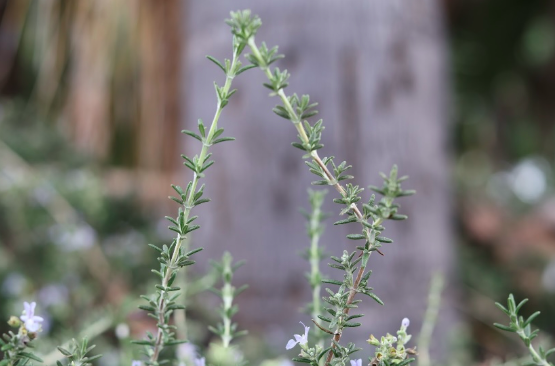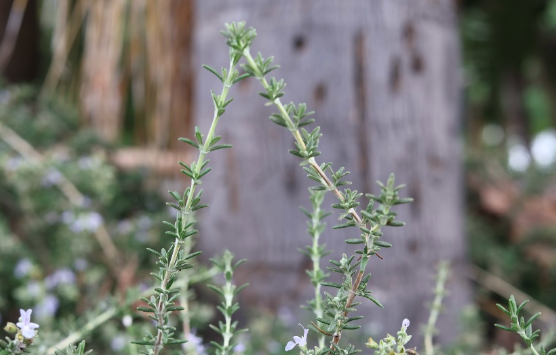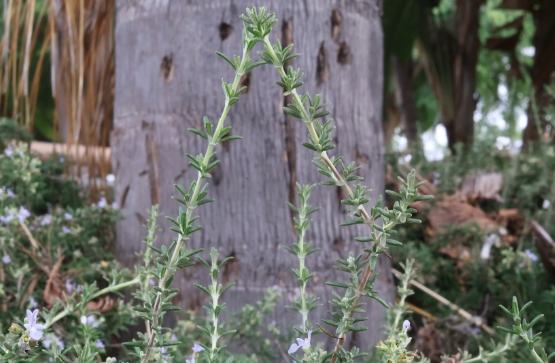Aperture
Written by Emilia Rodriguez
Aperture is a weird word that can significantly change your photos.
In my freshmen year when I was learning photography I originally only used the automatic mode on my camera. And as we all know, that's the worst when you can’t fully control how your photo looks. It wasn’t until I was introduced to the Las Fotos Project that I learned the three basic modes that control your camera: shutter speed, Aperture, and Iso. At first, I thought that aperture was the most tricky setting to master because I didn’t understand why it was referred to as f-stop or why the measurement had to be in a ratio, which reminded me of fractions. I felt like I would not understand how to get the correct f-stop because math was never my favorite subject. Now that I understand aperture I wanted to share a few of my thoughts and ideas that helped me understand aperture.
First, the aperture is the opening in the lens that allows light to enter. Aperture helps even out the iso, that’s why you should always try to shoot with iso at a low level or lower number because a smaller number of aperture will make your photo bright.
The measurement of the aperture is in f-stops. F-stops double in number, and they have half-stops which are beneficial when you are looking for a particular look
The second thing I learned was that the aperture allows you to deepen your depth of field, or you can make the depth of field shallow. Learning how to use your aperture settings can help you change the perspective of your image.
A smaller number of apertures means more light comes in, a small aperture will help you get a greater depth of field.
The larger the number of apertures means less light coming in, a larger aperture will help you achieve a shallow depth of field.
Here are some pictures I took strictly using aperture priority to see the full effect of what aperture can do, and as you can see I went from a large aperture number to a small aperture number.







